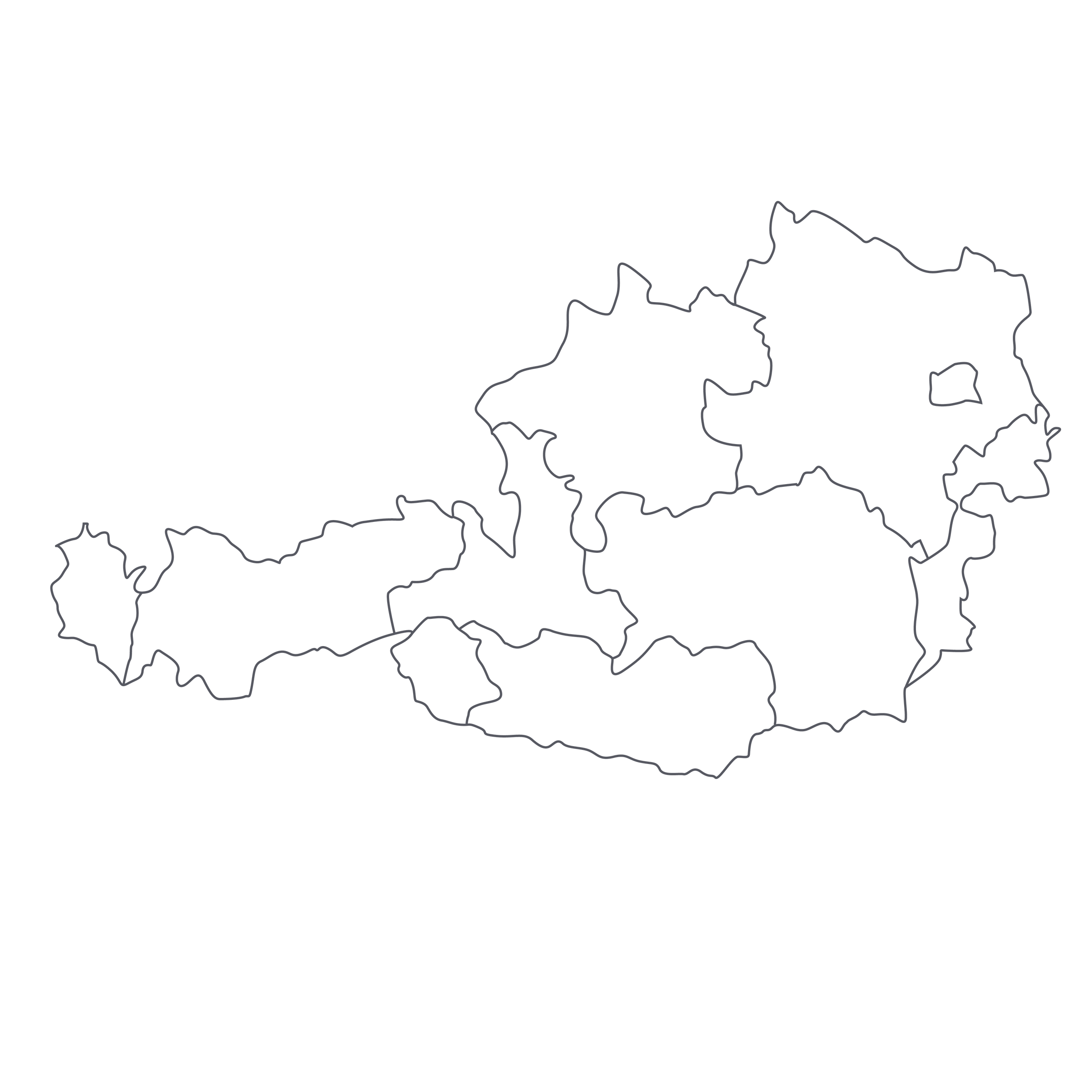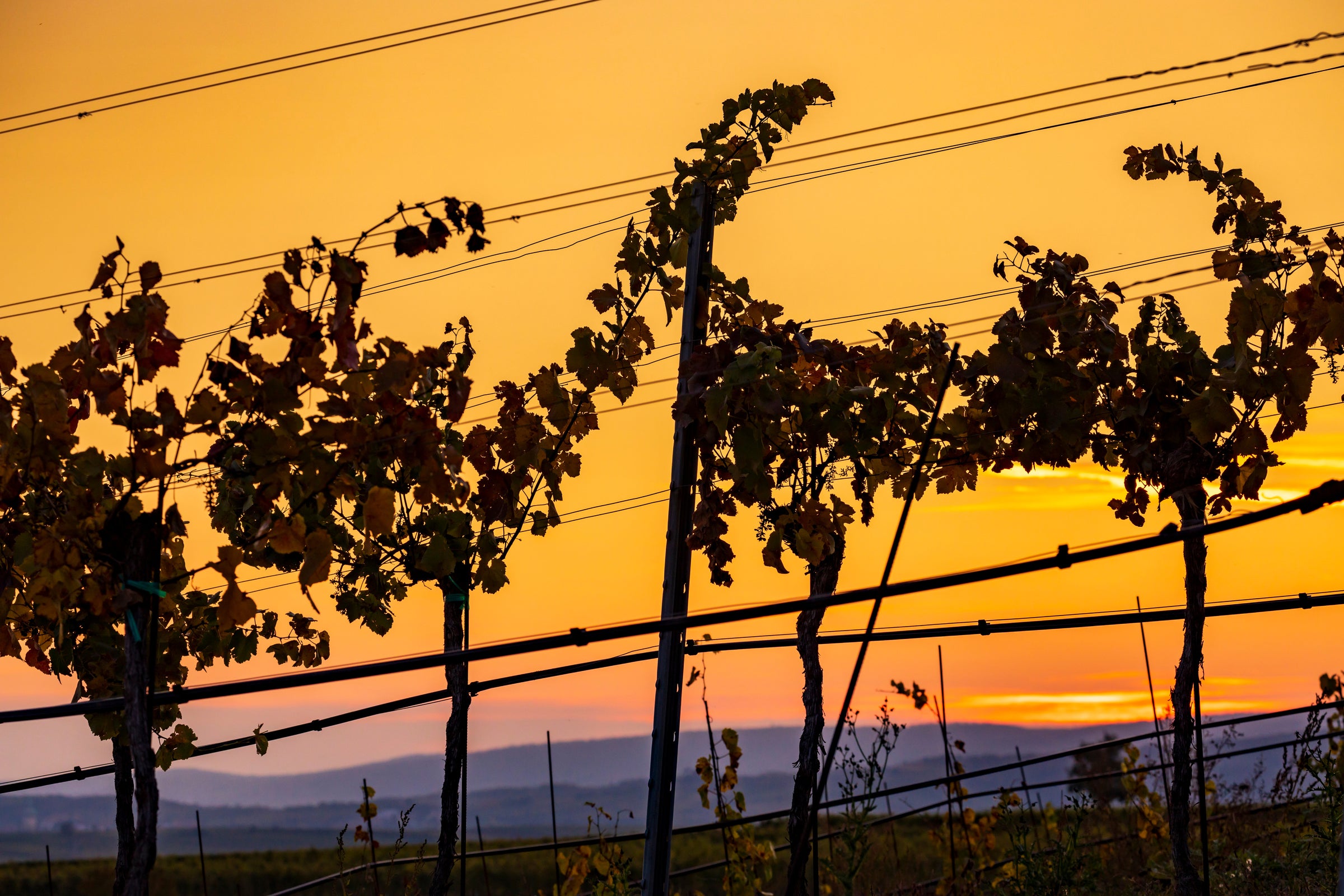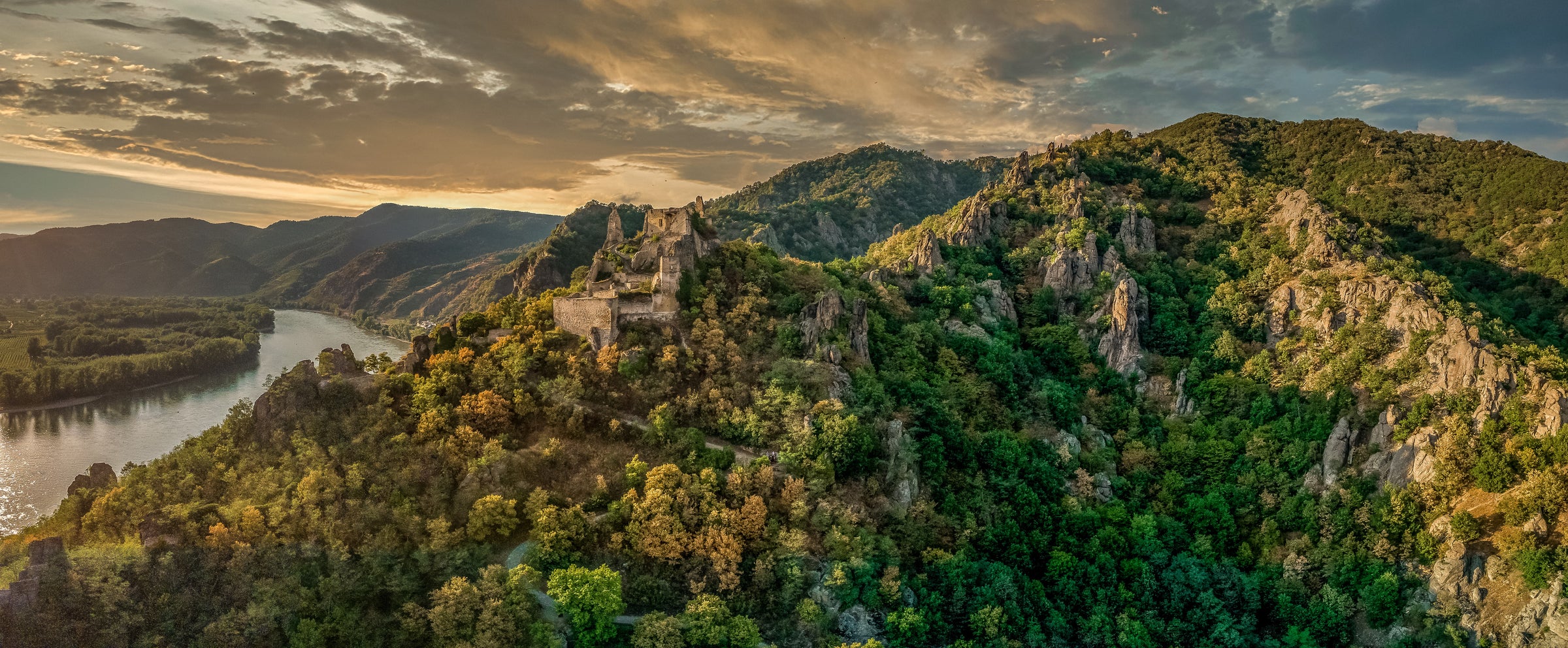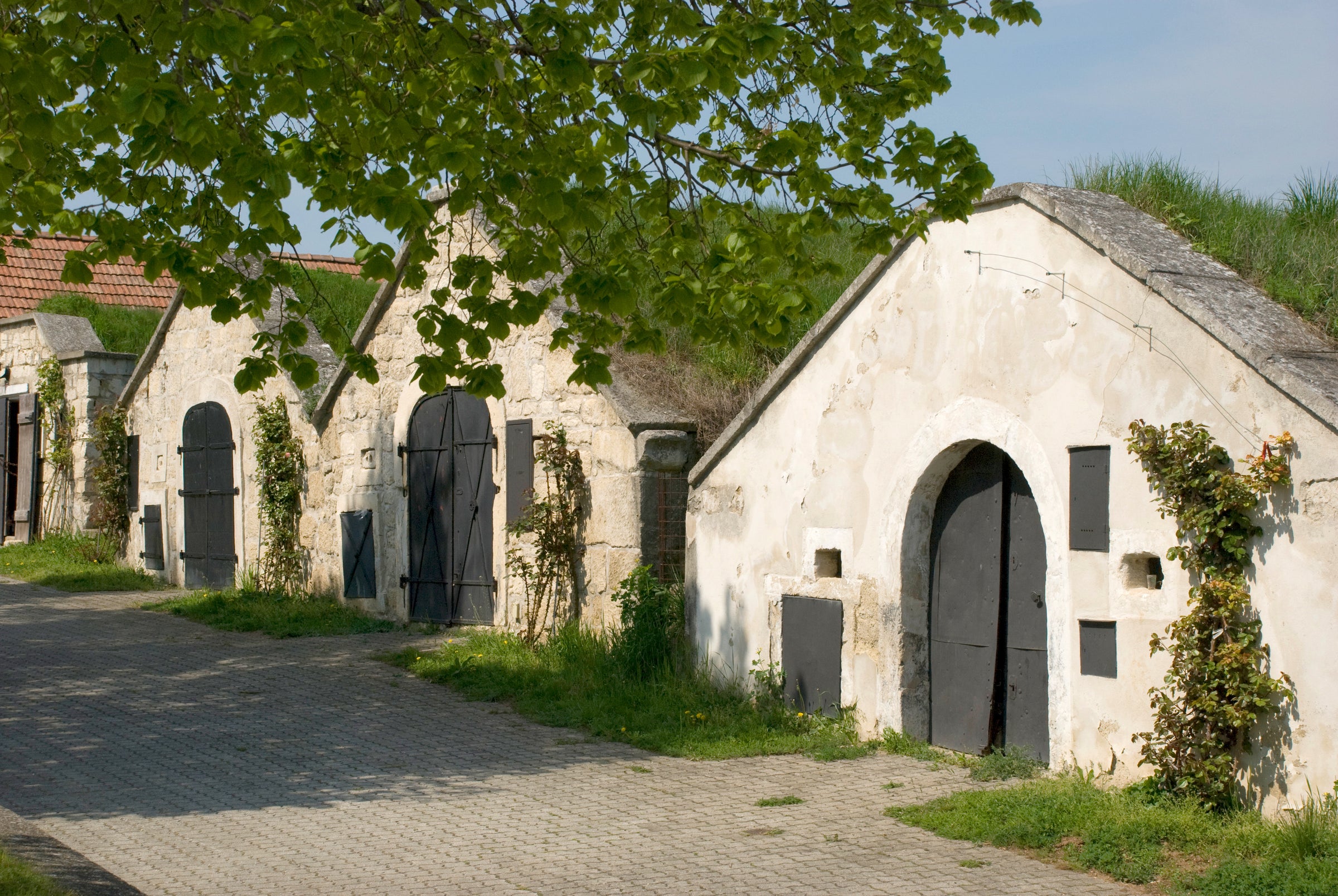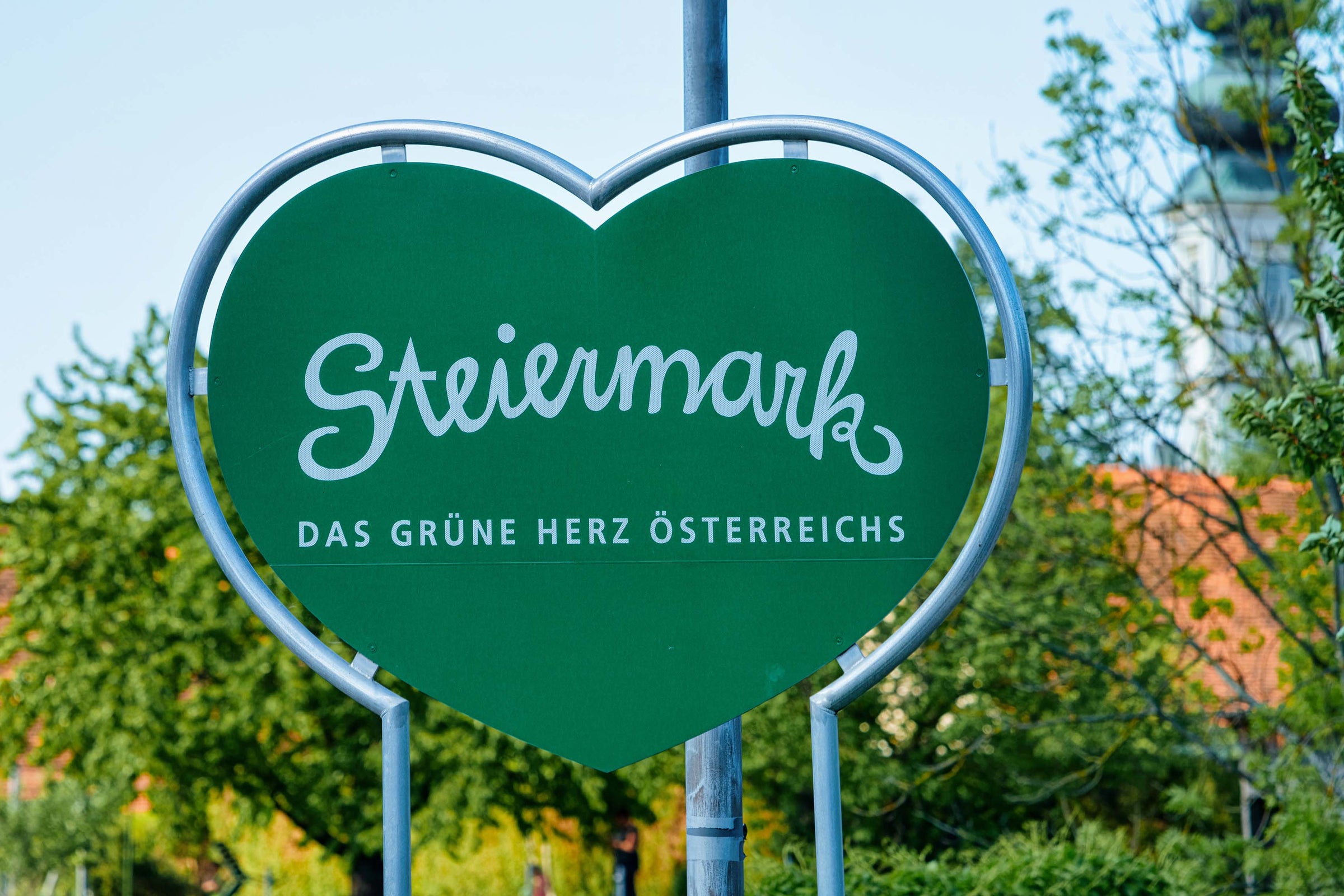The dice are always loaded when Weingut Knoll is in the picture: For decades, sommeliers around the world have confidently turned to this legendary estate when in need of a pitch-perfect, terroir-infused Grüner Veltliner. And this 2017 Federspiel is as authentic, delicious, and “cool” as it gets. Pop this on a table full of trendy labels and I guarantee people will be fighting over the last glass. Really, what else is there to know? If wine had a ‘classic hits’ playlist, this would be on it!
Weingut Knoll is among the greatest producers on earth, and you cannot consider yourself a wine fiend unless their wines make up a significant part of your collection. Their supreme reign in the Wachau isn’t a random stroke of luck: Generations of grape-growing have yielded holdings in all the top vineyards and their traditional, handcrafted wines deliver some of the finest price-to-quality of any region. Knoll’s “Loibner” Federspiel is a masterful blend of these famed heritage sites in their hometown. It’s a consistently delicious and mercifully priced flagship Grüner that vividly captures the allure of Wachau. As always, it’s only available in limited quantities.
Austria’s Wachau appellation is the country’s most acclaimed region and is best represented under the skilled guidance of producers like Knoll. About an hour northwest of Vienna along the Danube River, the vista of the steep, terraced vineyards of the Wachau creates a magnificent landscape akin to a verdant, ancient amphitheater—it is a UNESCO World Heritage site, after all.
rn
rn
Emmerich Knoll’s 15 hectares rest around the village of Unterloiben, considered to be one of the top areas in the Wachau. The rich and unique soils here contain löess and gneiss, which lend vivid minerality to the wine. Formed eons ago by rivers and Scandinavian ice sheet deposits, löess soil is a granular particulate that clumps together in your hand like a baseball then turns to a sandy-like texture when squeezed. The outcroppings of this soil inevitably impart a creamier, richer texture to Grüner Veltliner while simultaneously delivering outstanding mineral components.
rn
rn
The precise minerality derived from Knoll’s estate soils is just one factor of many that contribute to the complexity found in the glass. Emmerich Knoll III is an incredible steward of his third-generation family estate—although their restaurant has been in continuous operation for over four centuries! Emmerich embraces traditional winemaking techniques and feels it is crucial to heap ample attention to the unique holdings in his vineyards while exercising minimal intervention in the cellar.
rn
rn
For this 2017, Grüner Veltliner from Knoll’s various top sites around Unterloiben were sustainably farmed and harvested by hand. In the cellar, the whole clusters were gently pressed and sent into a combination of stainless steel and used oak vessels. Over the course of three months, the wine aged on its raw lees and was racked twice. It was then bottled unfined under natural cork.
rn
rn
In the glass, Knoll’s 2017 Federspeil reveals a bright straw-colored core with vibrant neon green and silver hues. As we always say: prepare for a delicious sensory experience if this is your first bottle of Knoll! While not as pungent or creamy as their Smaragd-level Grüner, I’d argue that this is the most enjoyable, especially given the price, the season and, well, let’s just call it the current state of affairs. Serve in all-purpose stems around 50 degrees and with just a few swirls, a delicate wave of aromatics roll out of the glass. You can expect a colorful array of apple skins, lees, lemon, melon rind, lime blossoms, white peach, white pepper, green mango peel, wet herbs, crushed stones, and fresh white flowers. It’s bright, electric, crisp, and freakishly addicting. I fear warning you is futile because a classic, quintessential Grüner is one of life’s great pleasures. Enjoy now or over the next 3-5 years. Cheers!


